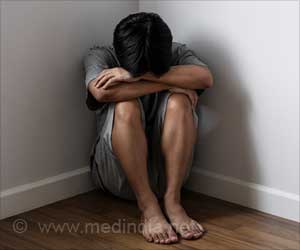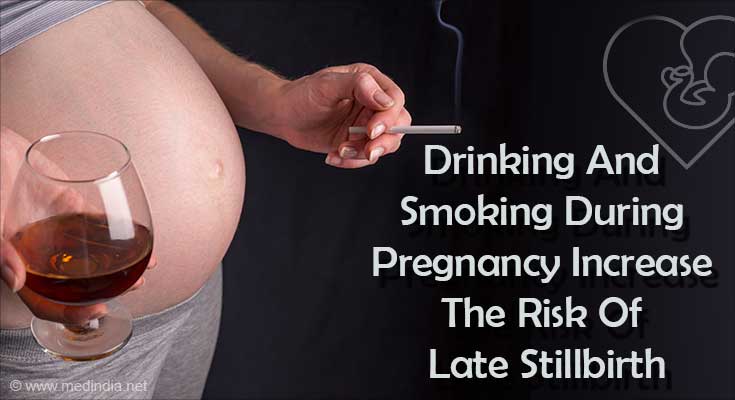“We have collected data every other year, from the year in which the children were ten years old until they turned 16 years of age. This enabled us to follow the children during the transition from childhood to adolescence. Symptoms of anxiety and depression have been identified through diagnostic interviews with both the children and their parents,” Steinsbekk explains.
The outcome of the study was the same for both boys and girls. The results were the same regardless of whether the children published posts and pictures via their social media pages or whether they liked and commented on posts published by others.
Advertisement
Increased use of social media did not lead to more symptoms of anxiety and depression. Nor was it the case that those who developed more symptoms of anxiety and depression over time changed their social media habits.
Norwegian Researchers Find Weak Correlations
Several studies have been conducted in recent years looking at the correlation between the use of social media on the part of children and young people and their mental health.
Some studies have found that the use of social media promotes mental health, while others find that it has a negative impact. However, the majority of the correlations are weak, according to Steinsbekk.
“Mental health is often broadly defined in the studies and covers everything from self-esteem to depression. Data is often collected using questionnaires. It is unclear what has actually been measured and the focus has often been on frequency, i.e. how much time young people have spent on social media,” Steinsbekk said.
“By following the same subjects over a number of years, recording symptoms of mental illness through in-depth interviews, and examining various types of social media use, our study has enabled us to take a more detailed look and provide a more nuanced picture of the correlations,” Steinsbekk said.
Previous studies conducted by the same research group show that around five percent of young people in Norway experience depression. The prevalence is lower in children.
One in ten children meets the criteria for an anxiety disorder at least once during the period between the ages of four and 14 years.
“Young people’s use of social media is a topic that often creates strong emotions, and there is a lot of concern among both parents and professionals,” she said.
“We are hoping to contribute more knowledge about how social media affects young people’s development and ability to function in society. Who is particularly vulnerable? Who benefits from social media? Does how social media is used matter? ” she said.
Social Support and Less Loneliness
Steinsbekk and her colleagues previously found that girls who like and comment on other people’s posts on social media develop a poorer body image over time, but this was not the case for boys. Posting to their own social media accounts had no impact on self-esteem, for both boys or girls.
Over the coming years, researchers will also examine how different experiences on social media, such as cyberbullying and posting nude pictures, affect young people’s development and functioning in society.
“Our study finds that if Kari or Knut increasingly like and post on Instagram or Snapchat, they are no more likely to develop symptoms of anxiety and depression. But that does not mean that they are not having negative experiences on social media, or feeling addicted or excluded. Some may be particularly vulnerable and those are the ones we need to identify,” Steinsbekk says.
At the same time, Steinsbekk also notes that there are positive aspects of social media.
“Social media provides a venue for community and belonging, making it easy to stay in touch with friends and family. Social media can be a platform for social support and help protect against loneliness for young people with few friends.
The Trondheim Early Secure Study has collected data from thousands of children and their parents every year since the subjects were four years of age. The subjects are now 20 years old and the ninth data collection round will take place this autumn.
Reference :
- Social media behaviors and symptoms of anxiety and depression. A four-wave cohort study from age 10-16 years
– (https://www.sciencedirect.com/science/article/pii/S0747563223002108?via%3Dihub)
Source: Eurekalert



